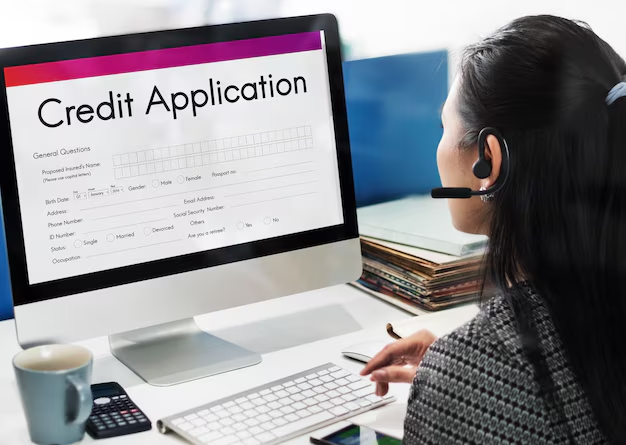Securing a loan is often a critical step for individuals and businesses to achieve their financial goals. However, the loan application process can appear daunting to many. This article will break down the process into simple steps, making it easier to understand and follow.
1. Assess Your Financial Needs
Before applying for a loan, determine the amount you require and its purpose. This helps in selecting the right type of loan, such as personal loans, home loans, car loans, or business loans. Additionally, evaluate your repayment capacity by reviewing your income, expenses, and existing liabilities.
2. Research Loan Options
Every financial institution offers various loan products with different interest rates, tenures, and terms. Compare options from banks, NBFCs (Non-Banking Financial Companies), and digital lenders to find the one that best suits your requirements.
3. Check Eligibility Criteria

Lenders have specific eligibility criteria based on factors like:
- Age
- Income level
- Employment type (salaried or self-employed)
- Credit score
Ensure you meet these requirements to avoid rejection of your application.
4. Gather Necessary Documents
Documentation is a vital part of the loan application process. Commonly required documents include:
- Proof of identity (Aadhaar, PAN, etc.)
- Address proof (Utility bills, rental agreements, etc.)
- Income proof (Salary slips, ITR, bank statements)
- Loan-specific documents (property papers for a home loan)
5. Submit the Loan Application
You can apply for a loan either online or offline. Fill out the application form accurately, attach the required documents, and submit it to the lender. Online applications are often quicker and more convenient.
6. Loan Verification and Processing
Once your application is submitted, the lender verifies the provided information and documents. This process involves credit score checks, income verification, and background analysis.
7. Approval or Rejection
Based on the verification, the lender either approves or rejects your loan application. Approval is more likely if you have a good credit score, stable income, and no previous loan defaults.
8. Loan Disbursement
After approval, the lender disburses the loan amount to your bank account. The time taken for disbursement depends on the type of loan and lender policies.
Conclusion
Understanding the loan application process is crucial for a hassle-free experience. By assessing your financial needs, comparing options, meeting eligibility criteria, and providing accurate information, you can increase the chances of loan approval. Always read the loan agreement carefully before signing to ensure clarity on terms and conditions.
FAQs
Q. What is the minimum credit score required for a loan?
Most lenders prefer a credit score of 750 or higher for approval, though some accept lower scores depending on other factors.
Q. Can I apply for multiple loans simultaneously?
Yes, but applying for multiple loans at the same time can negatively impact your credit score.
Q. How long does it take for loan approval?
The approval process typically takes 1–7 days, depending on the lender and type of loan.
Q. Can I prepay my loan before the tenure ends?
Yes, many lenders allow prepayment, but it may come with prepayment charges.
Q. What should I do if my loan application is rejected?
Analyze the reasons for rejection, improve your credit profile, and reapply after addressing the issues.


